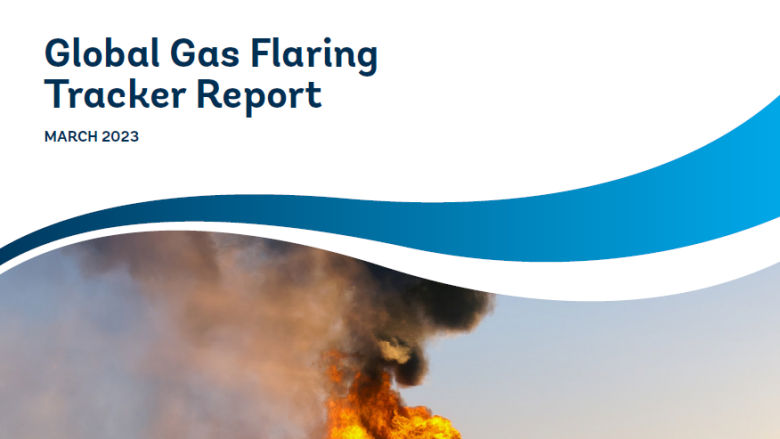Gas Flaring and Methane Overview
Billions of cubic meters of natural gas are flared or vented at oil production sites around the globe each year. Flaring gas contributes to climate change by releasing millions of tons of carbon dioxide and methane into the atmosphere. Each year this polluting practice released as much carbon dioxide equivalent emissions (CO2e) as 80 million cars.
Flaring and venting (methane) also waste an energy resource that could be used to support energy access in developing countries and boost global energy security. For example, if this amount of gas were used for power generation, it could provide about 750 billion kWh of electricity, or more than the African continent’s current annual electricity consumption.
During oil production, associated natural gas is flared (burned) for a variety of reasons. However, in many cases, economic, regulatory, or technical barriers to the development of gas markets and gas infrastructure prevent it from being used, or when re-injecting the associated gas back into the reservoir is not possible.
The World Bank Group has a leadership role in gas flaring reduction through the Global Flaring and Methane Reduction Partnership (GFMR), a multi-donor trust fund comprising international and national oil companies, national governments, and international institutions committed to ending routine gas flaring at oil production sites. GFMR works to increase the use of natural gas associated with oil production by helping remove technical and regulatory barriers to flaring and venting, monitoring global flaring levels, conducting research, disseminating best practices, developing country-specific gas flaring and venting reduction programs, and advocating for Zero Routine Flaring by 2030.
Ending poverty and boosting shared prosperity is also an integral part of GFMR’s strategy. Natural gas is the fossil fuel with the lowest carbon intensity, at half the footprint of coal at the point of combustion. It can be the least-cost source of flexible electricity supply for grid-based systems with fluctuating supply and demand.
Read more about GFMR here.





